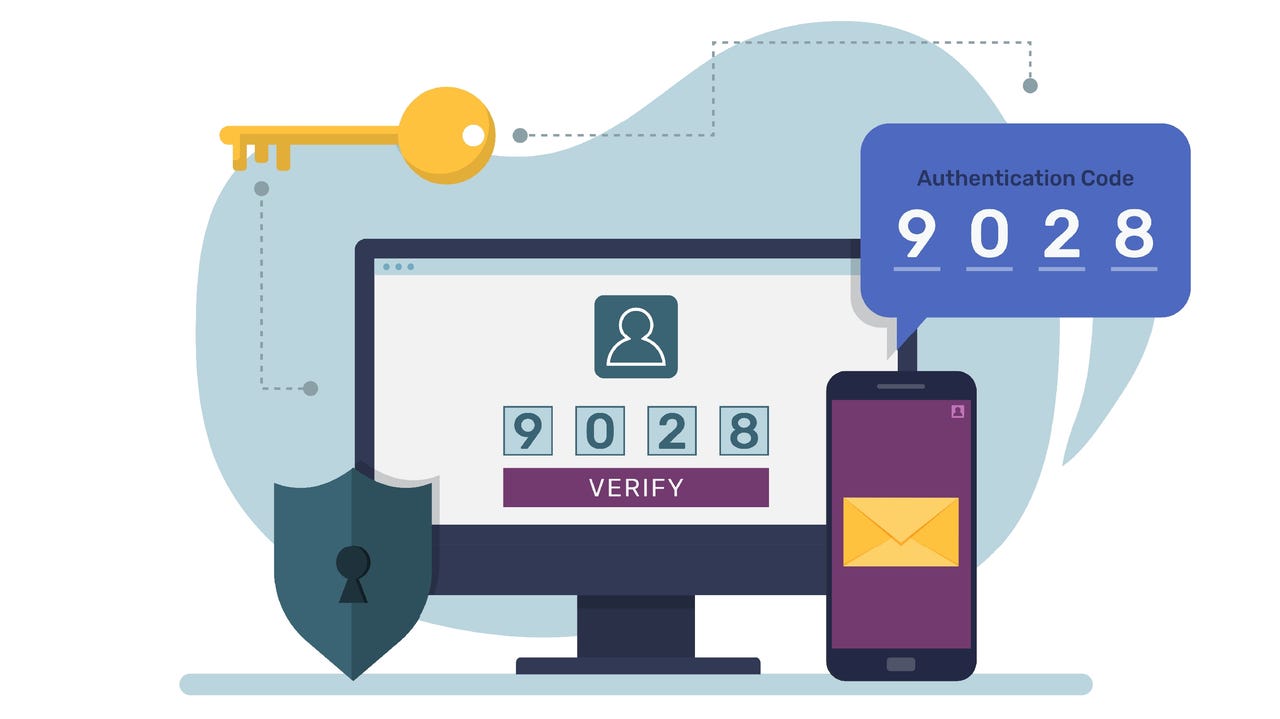In today’s digital world, we constantly log into various accounts, whether to check email, post on social media, pay bills, transfer money, or shop online. Each of these accounts holds valuable personal and financial information, making them prime targets for cybercriminals. While using a strong password is essential, it’s not enough to protect against sophisticated cyber-attacks. Implementing two-factor authentication (2FA) is a simple yet powerful way to enhance your account security.
Why Passwords Alone Aren’t Enough
Despite using strong passwords, hackers employ several tactics to steal or guess them. Phishing attacks trick users into revealing their login credentials, while data breaches expose usernames and passwords, allowing scammers to log in to breached accounts. Moreover, hackers use software to guess passwords if they only have the username. If the site lacks safeguards, these attacks can succeed, especially if you reuse the same credentials across multiple accounts.

Protecting Your Accounts
To prevent unauthorized access, websites typically require a username and password for authentication. This single factor falls into one of three categories:
- Something you know: A password, PIN, or security question answer.
- Something you have: A one-time verification code sent via text, email, or an authenticator app; or a security key.
- Something you are: Biometric data like a fingerprint, face, or retina.
Two-factor authentication requires two of these three categories, adding an extra layer of security.
Two Factors Are Better Than One
Enabling 2FA significantly reduces the risk of unauthorized access. Even if a hacker obtains your password, they won’t be able to access your account without the second authentication factor. Here are five crucial accounts you should secure with 2FA:
1. Email Accounts
Your email is the gateway to other accounts, often used for password resets. Securing it with 2FA prevents hackers from easily accessing your other online services.
2. Social Media Accounts
Social media profiles contain personal information that can be exploited for identity theft or targeted scams. Protect these accounts with 2FA to keep your online identity safe.
3. Banking and Financial Accounts
Financial accounts are prime targets for cybercriminals. Enable 2FA to add an extra layer of security to your online banking, investment, and payment service accounts.
4. Online Shopping Accounts
E-commerce accounts store your payment details and personal information. Securing them with 2FA helps prevent unauthorized purchases and data breaches.
5. Work-Related Accounts
Business email and collaboration tools contain sensitive company information. Protecting these accounts with 2FA ensures that your professional data remains secure.
Most major online services offer 2FA options in their security settings. Typically, you can choose to receive a verification code via text, email, or an authenticator app. For added security, consider using a physical security key.

While no security measure is foolproof, enabling two-factor authentication significantly enhances your account protection. By securing your email, social media, financial, shopping, and work-related accounts with 2FA, you can safeguard your personal and financial information from cyber threats. Don’t wait for a breach to take action—enable two-factor authentication today and enjoy greater peace of mind.
Stay tuned to Brandsynario for the latest news and updates.











































